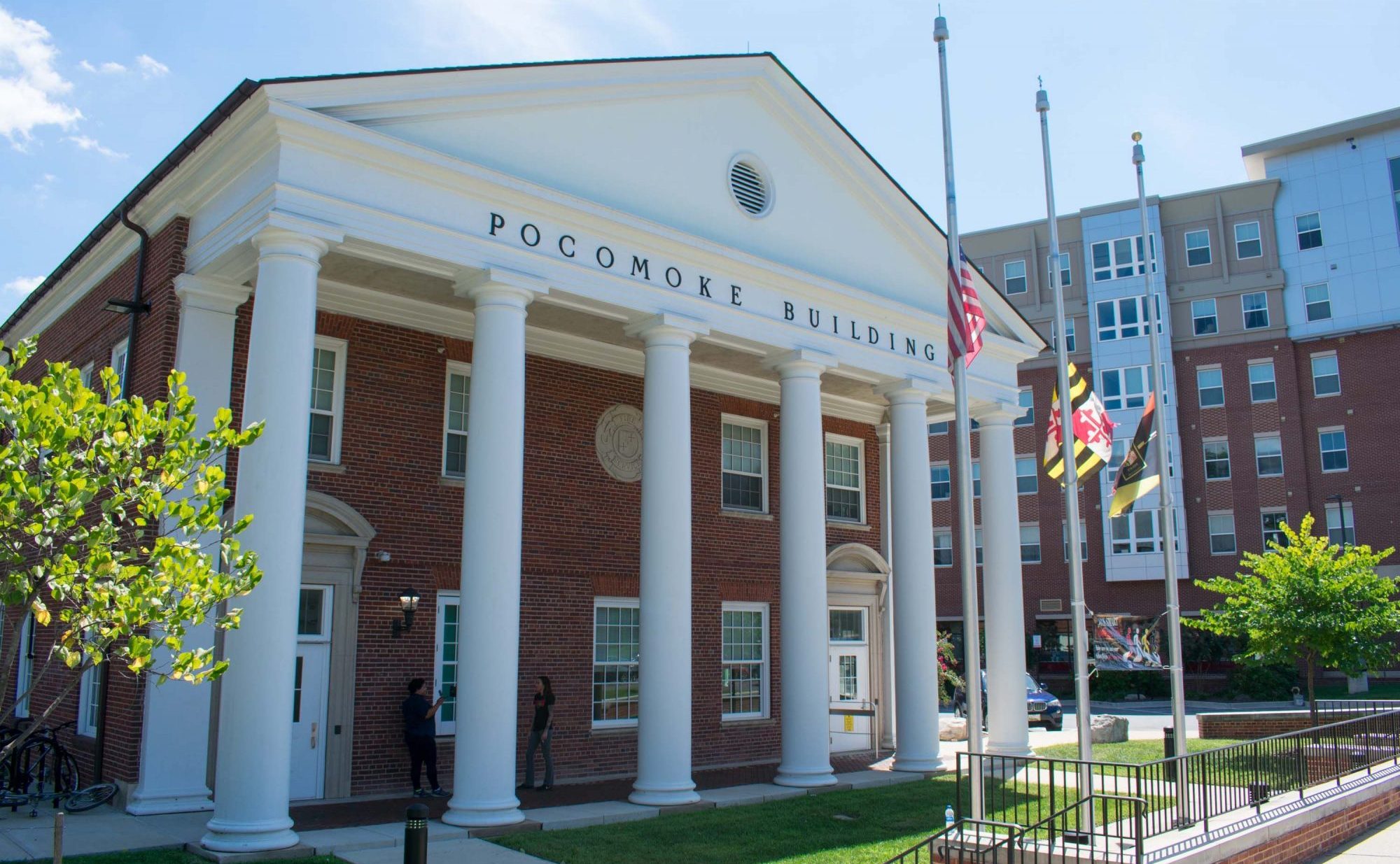In light of the Black Lives Matter protests and their role at the University of Maryland, the SGA released a plan last week to address systemic racism on the campus and “create safer and more just police practices.”
Crafted after consulting student leaders from various groups, including the Black Student Union and the Pan-Hellenic Council, the Student Government Association’s “Roadmap to Campus and Policing Reform” lists 15 reforms.
The roadmap includes plans to help establish “new and more concrete” gun procedures and guidelines for police officers on the campus. The body also aims to evaluate University Police’s partnerships with other police departments that are contracted for athletic events.
“We stand in solidarity with our Black peers, and we look forward to working together to create a more inclusive and educated campus community,” the plan read. “Addressing over-policing and police brutality is only the beginning.”
The roadmap also falls in line with the actions new university President Darryll Pines announced last week, including his goals to bolster mental health services on the campus and enhance community policing. In his announcement, Pines said the university would be creating a new task force that will provide recommendations for building trust between police and campus community members. In the roadmap, the SGA promises to work with this task force.
The university expressed that it was also committed to including SGA representation on its task force.
“I have expressed to the SGA president my support of the SGA’s efforts to affect positive change and create different norms within the student body, and I thank them for their collaborative approach,” Patty Perillo, vice president of student affairs, wrote in a statement. “I believe change happens best – and has the greatest potential for lasting change – when led by students, and I know we can do more if we choose to do it together.”
[Black Terps Matter protest demands UMD action against institutional racism]
Dan Alpert, the body’s president, said the SGA also fully supports Pines’ decision to divest from the 1033 program, which allows local police departments to receive military equipment from the Defense Department. The SGA wants to see the money that would have been spent on maintaining that equipment redistributed to mental health support and sexual assault prevention programs.
The SGA’s plan also advocates for the university to put a “no tolerance for racism” policy in place. Although the university has policies that prohibit discrimination, there are still “rampant anti-Black and other racial incidents” on the campus, according to the plan.
Furthermore, the SGA echoed calls from community leaders and activists for the university to increase efforts to recruit more Black students, faculty and staff. According to the plan, the body will seek to better representation in its own organization by reaching out to “diverse communities” and student groups to fill its vacant positions.
The SGA’s roadmap also touched on the university’s role in systemic oppression outside of the campus, particularly regarding the University System of Maryland’s relationship with Maryland Correctional Enterprises, which sells furniture made by prison labor to system universities.
“This makes the University of Maryland … complicit in supporting the prison industrial complex that takes advantage of incarcerated people who are disproportionately people of color, specifically Black people,” the roadmap read.
In an interview with members of the media Thursday, Pines said it is state law for University System of Maryland schools to have a contract with MCE, meaning the university cannot “completely control” the situation. Instead, the change would have to be made legislatively, Pines said.
“I have not truly investigated anything as it relates to that law and about the sensitivity of those issues, but I’m happy to take a look at those going forward,” Pines said.
[In Silver Spring, hundreds marched for Black Lives in a protest powered by UMD alumni]
In its roadmap, the SGA committed to working with students across system institutions and the state government to sever the system’s relationship with MCE.
The plan also emphasizes the need for greater transparency with regard to University Police guidelines and internal investigations.
In its statement, the body wrote that campus police officers should attempt to deescalate situations before drawing their handguns. The roadmap references University Police records from 1996 to 2019, which show that, although no officers fired their weapons at an individual in that time period, officers drew their weapons about 30 times per year.
The body is also looking to revive its Police Advisory Review Council — which was established in 2015 but never sufficiently operated — to further encourage accountability and transparency in University Police, according to the roadmap.
The SGA also raised concerns that other police departments working in partnership with University Police might be ill-equipped to provide security for a campus environment.
“When different police departments are coming onto campus, whose rules are they following? Are they following their own rules or are they following UMPD’s guidelines?” Alpert asked, emphasizing that the question is important for the SGA and university to answer.
Alpert clarified that the SGA will not likely complete all of its listed reforms by the end of the year. Still, he emphasized the roadmap’s role as a baseline that he hopes future administrations will build off of.
“This doesn’t mean these are the only 15 things we’ll be working on,” Alpert said. “But it’s a start, and we’re going to be making sure that we’re addressing these points throughout the year.”
University Police spokesperson Sgt. Rosanne Hoaas wrote that the department is aware of the SGA’s roadmap, but did not comment further.



